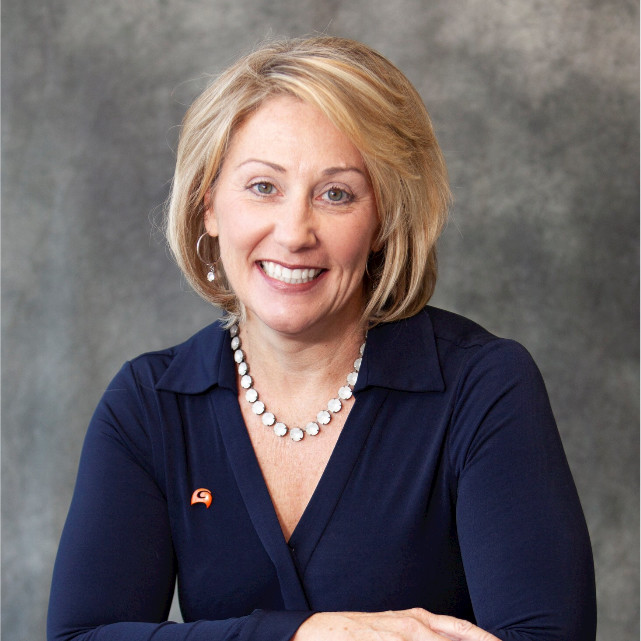When most water utilities talk about becoming fit-for-future, they tend to focus on technology that improves operations and protects infrastructure. But successful change depends on how we leverage our most important asset: people.
Do you ever feel like your utility management projects get caught in a vicious cycle? It goes like this. The government issues a consent order that requires serious funding. Your organization tries to strike a balance with rate increases to cover the costs but runs into a catch-22: either rates will outpace what customers can afford, or the government will stretch the project timeline and delay the positive outcomes. In one case people suffer financially, in the other their health and safety remains at risk.
This delicate dance around affordability is more complex than it would be in most sectors. Making water affordable isn’t simply about bottom lines, it’s a social justice issue.
My colleague Joachim Ebert loved to talk about turning vicious cycles into virtuous ones. As more clients ask us to future proof their assets, we’re realizing these broader conversations about equity can’t be ignored. Considering these challenges together is forcing us to step back and determine what utility management’s virtuous cycle really looks like.
Addressing every challenge of change
When we talk with clients about being fit-for-future, many jump to specific tools like advanced metering infrastructure, the Internet of Things, and Artificial Intelligence. But as we’ve explored the fundamentals of being fit-for-future – innovation, resilience, Intelligent Water, advanced asset management, diversity and inclusion – in our research over the past few years, we see the real value comes from people.
Considering people your most important asset helps you align who you have with what you need to deliver ongoing optimized service. Let’s go back to the consent order example. Engineering and finance will be looking 10, 20 or 30 years ahead because they must. “Because you have to” shouldn’t be the only driver for looking ahead, though.
Say the project will move overflow system controls from the field to a control room over the next few years. Would current staff be qualified to operate the new system, or are new skills needed? Would they even want the position if it changed so drastically?
Working with HR to discuss how positions will evolve means recruiters could target skillsets and/or develop current staff to maximize the value of change over time. It’s rare however to see HR at the table for future planning conversations like these.
It reminds me of what happened with industry where I live in central Pennsylvania. As steel mills and coal mines closed in the late ‘70s and ‘80s, developers building prisons and energy conversion plants planned to tap into the local workforce. The problem was that no one stopped to examine whether the skillsets for mills and mines would translate quickly to the new industries. The smooth transition expected to fuel an economic rebound for locals did not achieve the optimum impact.
Water utilities could easily back themselves into a similar corner if they design long-term plans in departmental silos, disregard the cascading effects of major decisions and don’t plan to tap the expertise sitting right now in their middle and high schools.
Want to hear more? Podcasts are coming in March
One reminder about fit-for-future is that it’s not an achievement, it’s a state of being. The elements are inextricably connected – Intelligent Water can’t succeed without innovation, innovation cannot thrive without diversity and inclusion, and so on – and they’re more like links in a chain than rungs on a ladder. It’s our job to keep each link as healthy as the next.
That’s why, starting in March, we’re bringing together thought leaders for a podcast series to discuss these topics with respect to utilities’ overarching fit-for-future goals. They’ll provide research insights, examine industry challenges and share success stories from their work with clients. Keep an eye out for the first release, this is one you will want to subscribe to!





